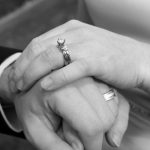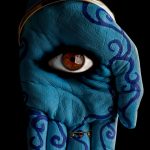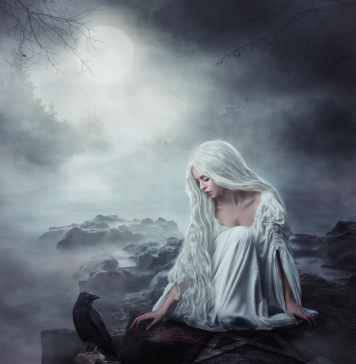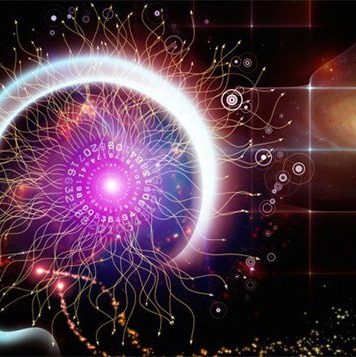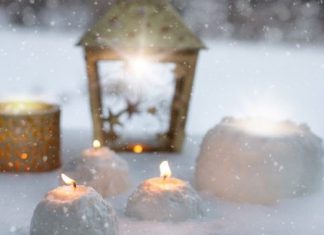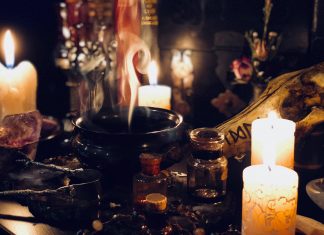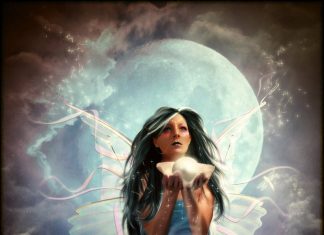Is Wicca a Religion?
Wicca is the most popular Neopagan religion in the world. It is also known as pagan witchcraft, however, Wicca and witchcraft, though similar, are not the same. Wicca is a religion. Witchcraft is not. Wicca has been around since the 1950’s and bases it’s theology and rituals on ancient pagan and 20th century hermetic ideas. There are many different types of Wiccans and the religion itself is constantly evolving. Typically, however, it is a duo-theistic religion worshiping both a God and Goddess, most often viewed as the Moon Goddess and Horned God though these may be broken down into smaller deities based on the preferences of the practitioner. In cases where many deities make up the God and Goddess, the whole God and Goddess are referred to as the Great Goddess and the Great Horned God, with great used to describe the group of smaller deities making up the whole.
What do Wiccans celebrate?

Wiccans have specific days that they celebrate throughout the year called Sabbats. There are eight of them spaced about every 45 days. They are found on the two equinoxes, the two solstices, and then Samhain, Imbolc, Beltane and Lammas. The dates may vary depending on the where they fall in the lunar cycle. These celebrations may include healing ceremonies, divination ceremonies, teaching moments and discussions and other activities. Once the ceremonies are over, the practitioners will eat and drink, then banish the ritual circle and free the energies it contains. There are a number of rituals that may take place during these ceremonies including:
Wiccan Ceremonies
Dedications: A ceremony in which someone confirms their interest in Wicca
Initiations: A ceremony in which an initiate symbolically dies, then is raised as a Wiccan, they will receive a new name.
Handfastings: These ceremonies were once regarded as marriage contracts that lasted only a year, but many Wiccan’s now view them as permanent partnership agreements.
Wiccaning: A ceremony in which a baby is welcomed into the craft, however it does not mean the child is obligated or forced to become a Wiccan later in life.
Funeral: Ceremonies for Wiccans who have died.
The Great Rite: A symbolic ritual and ceremony that is done every spring in honor of the union between the God and Goddess that creates all life. In some covens the male and female who are chosen to perform the ritual may also include a private act of intercourse.
Because Wicca is similar to witchcraft, it has certain tools that are used in rituals, ceremonies, and magic. Many of these tools are similar to items found in every home, though they may vary. The most important is the Athame. The Athame is a ritual, double-sided knife or sword. The next is the altar. Altars may be made of any material and may contain a bowl of salt, incense, two candles, water, a bell, a pentacle, a chalice and a cauldron. Most will also have a wand or sword for casting the circle, rope or rocks used for making the circle, and four candles which are placed outside the circle at the four cardinal points of the compass. Rituals may be performed alone or as part of a group.

